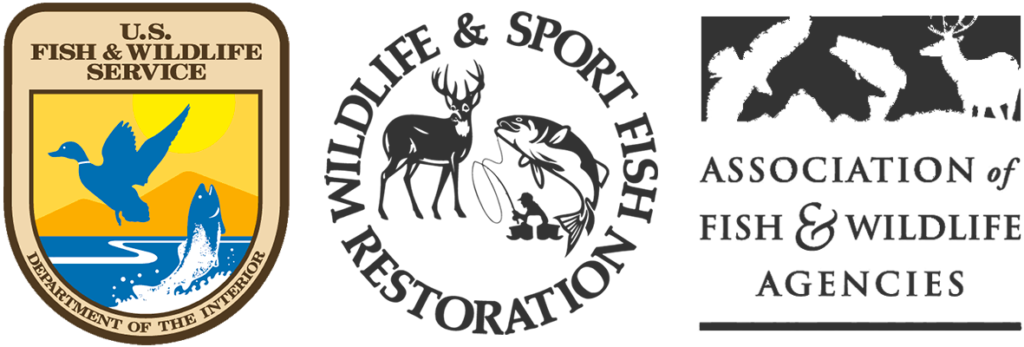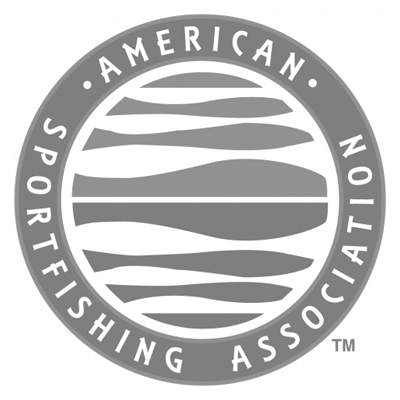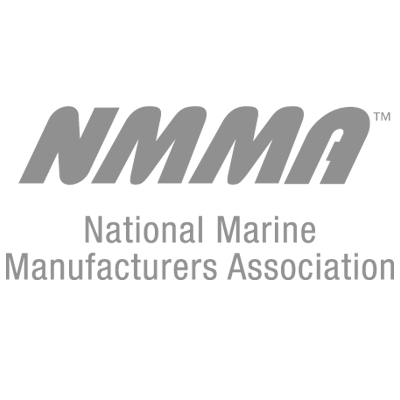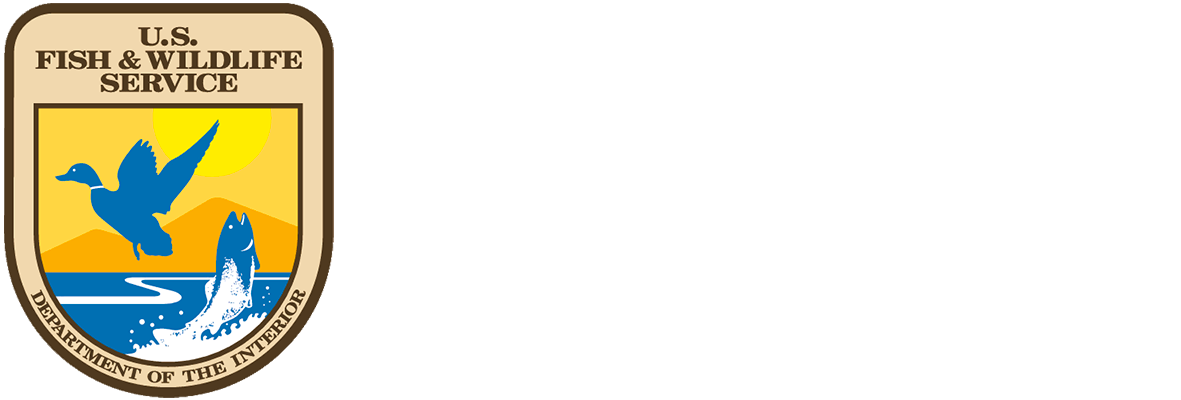By Samantha Pedder
Each June marks both National Fishing and Boating Week and Great Outdoors Month. Like many other outdoor recreation activities, boating ownership has increased in recent years giving the boating industry many reasons to celebrate. According to the National Marine Manufacturers Association (NMMA), the nation’s leading trade association representing boat, marine engine, and accessory manufacturers, “First-time boat buyers accounted for 34% of boat sales in 2021, driving growth for the recreational boating industry and further reinforcing heightened demand for boats since the outset of the pandemic.”
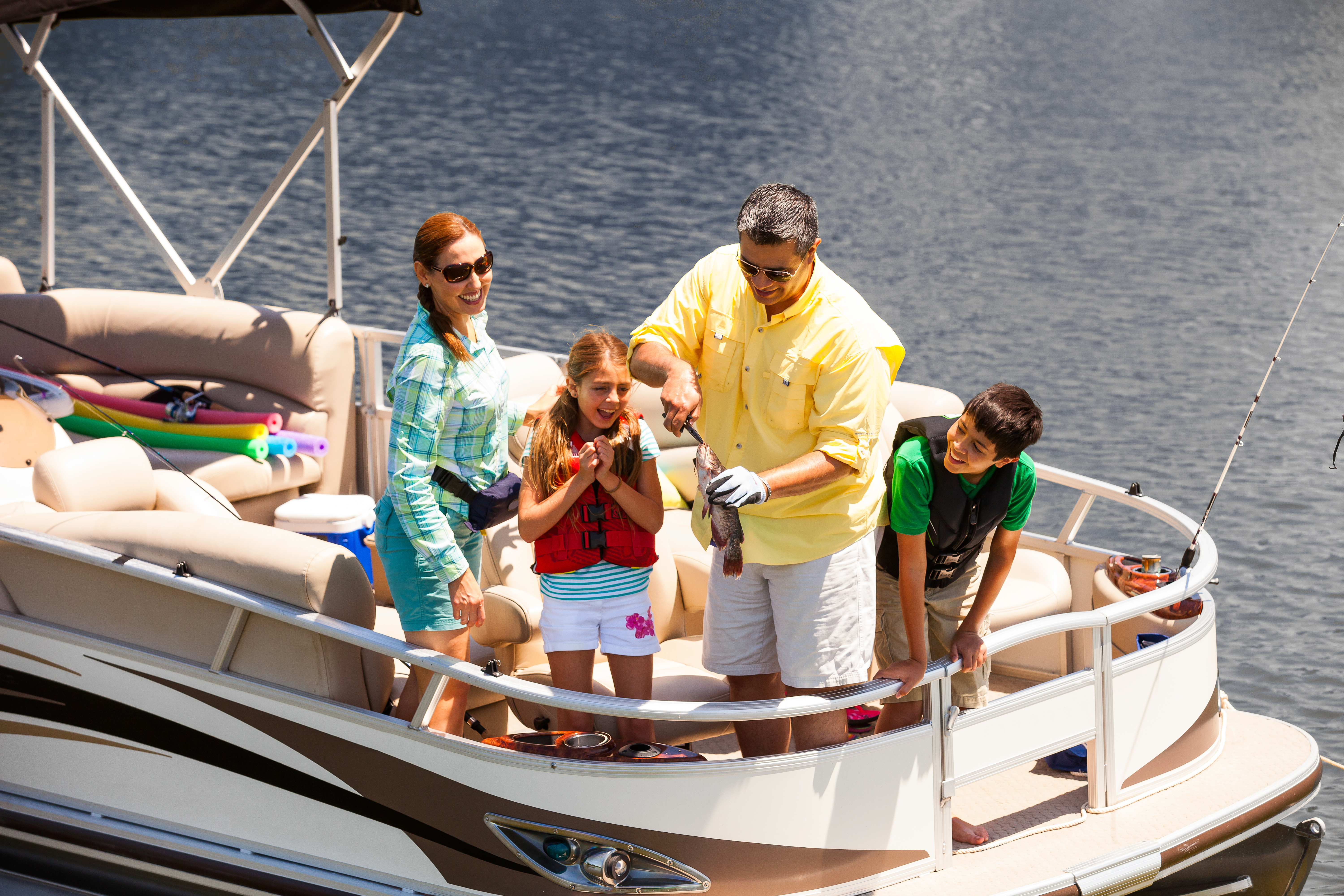
My brother was part of this cohort of new owners, purchasing his first boat in 2021. For the last year, our family has used this boat to access waterways to fish, duck hunt, and generally spend time with each other on the water. We’ve logged over 100 hours on public water and most have been done by launching at public boat ramps – something until recently I had taken for granted.
As of 2021, there are approximately 8,989 public boat launches in the United States that are established and maintained by state fish and wildlife agencies through a unique federal grant partnership call the Sport Fish Restoration Program. Funds for this program are generated primarily from excise taxes levied on fishing equipment, import duties on tackle and boats, and a portion of federal fuel tax attributed to motorboats. Funding through this program can be used for a variety of purposes related to boating including, but not limited to, buying public boating access on private land, buying land to establish boat launches, refurbishing launches, adding restroom facilities, adding pump-out stations at launches, and generally installing infrastructure for vessels of all sizes.
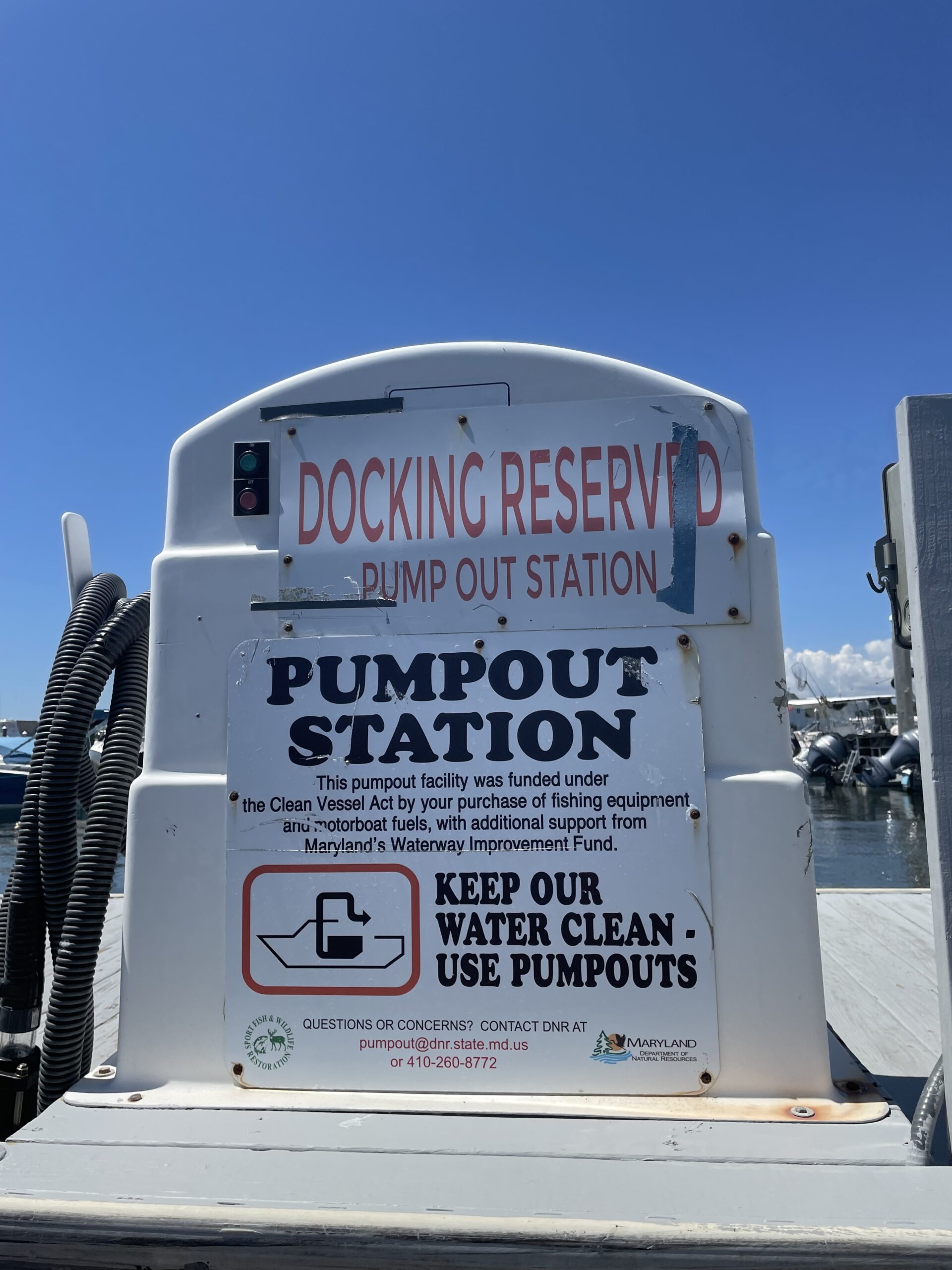
Simply put, this program helps old and new boat owners find the access they need to use their purchases, while at the same time funding future access and infrastructure projects.
Spotlight on Access in the Northeast
Boat owner ranks grew across the country, including in the northeast region of the U.S. The Northeast boasts boating opportunities on lakes, rivers, and the Atlantic Ocean and, as a result, features a unique diversity of Sport Fish Restoration Program-funded projects, two of which I will highlight here. Bill Perry, U.S. Fish and Wildlife Service (USFWS) lead for Sport Fish Restoration boating access grants in the Northeast, partners with state fish and wildlife agencies to manage access projects and recently attended two dedications of projects – a new launch established along Long Island Sound in New York and a ribbon cutting for a renovated site that previously provided private access and is now the only state-owned public access facility on New Hampshire’s largest lake, Lake Winnipesaukee. These projects are long-term efforts by state fish and wildlife agencies that increased boating access for the combined estimated 536,387 boaters in New York and New Hampshire.
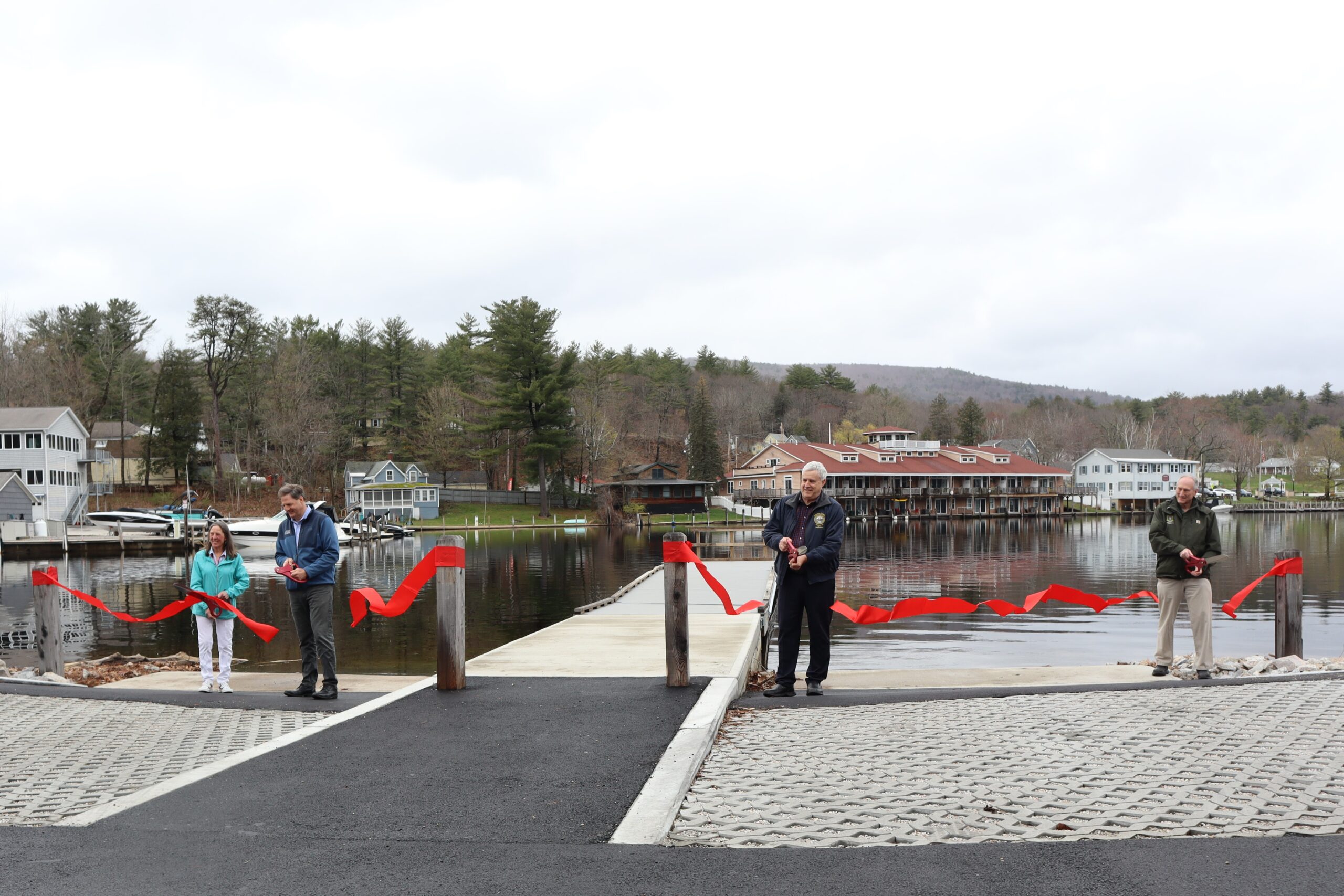
In New Hampshire and New York, access infrastructure is funded by boat registration dollars, in-kind match provided by donations, and Sport Fish Restoration grant funds. “Each agency operates their program a little differently, but overall most of these access areas across the region not only increase access to popular public waterbodies they also tend to be free to use, which is uncommon across the boating access landscape,” Perry described.
Access for All
The increasing number of boat owners in the U.S. requires increased access to waterways, and agencies such as New Hampshire Fish and Game and New York Department of Environmental Conservation are ensuring this access exists for all boaters by using Sport Fish Restoration excise tax funds. The ramps recently opened in New York and New Hampshire represent a commitment to help boaters enjoy their local waterways.
In June, with boating season in full force, what better way to welcome new boaters to the water than by recognizing the program that paved their boat ramps and garnered access to bodies of water that await their launch. Perry noted, “This program provides a key way to get people from all walks of life on the water. People love being out on the water, and strategic projects funded by Sport Fish Restoration dollars ensure public boat access for many years to come.”
To learn more about many of the projects related to this program, please visit: PartnerwithaPayer.org
